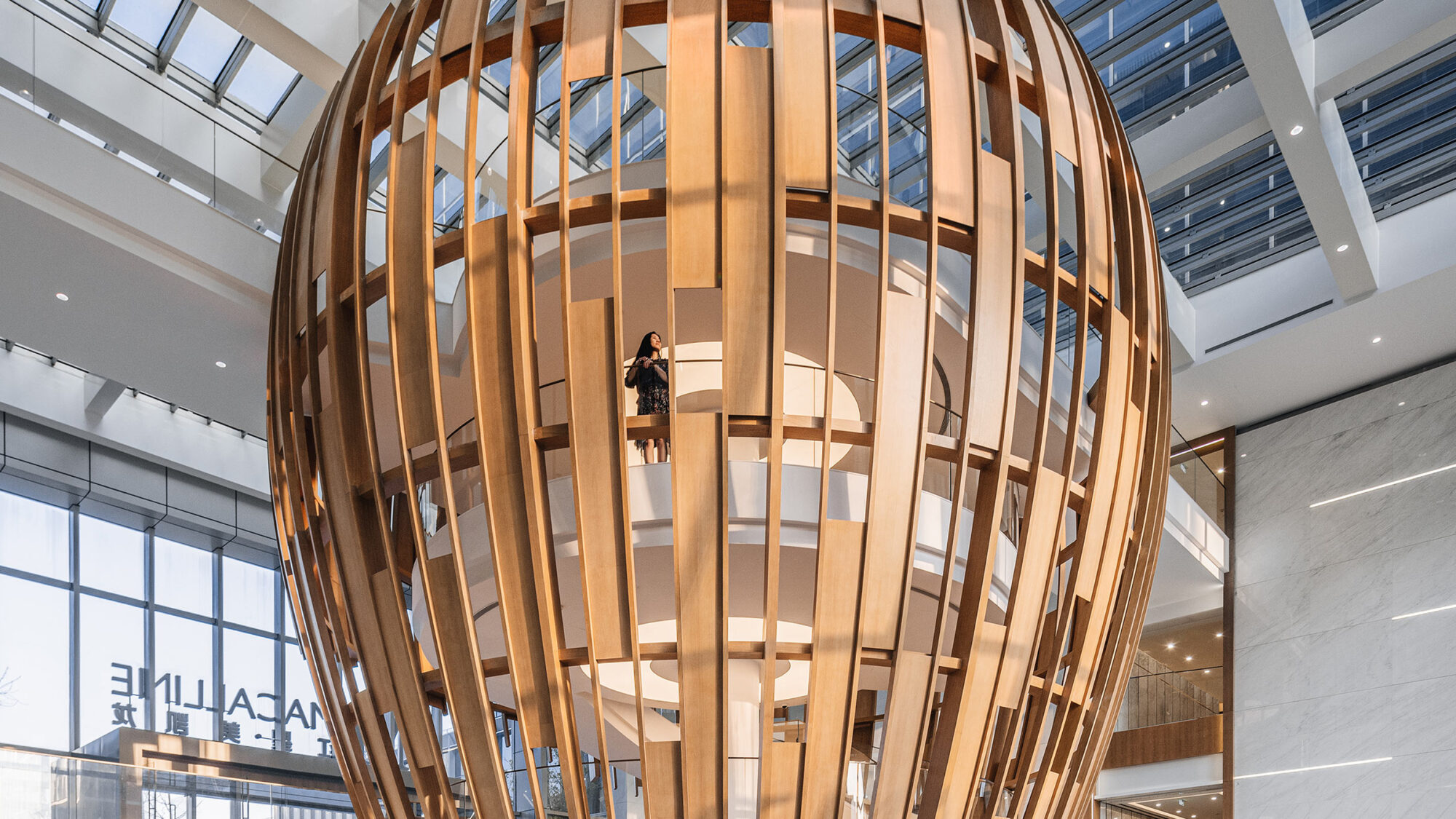


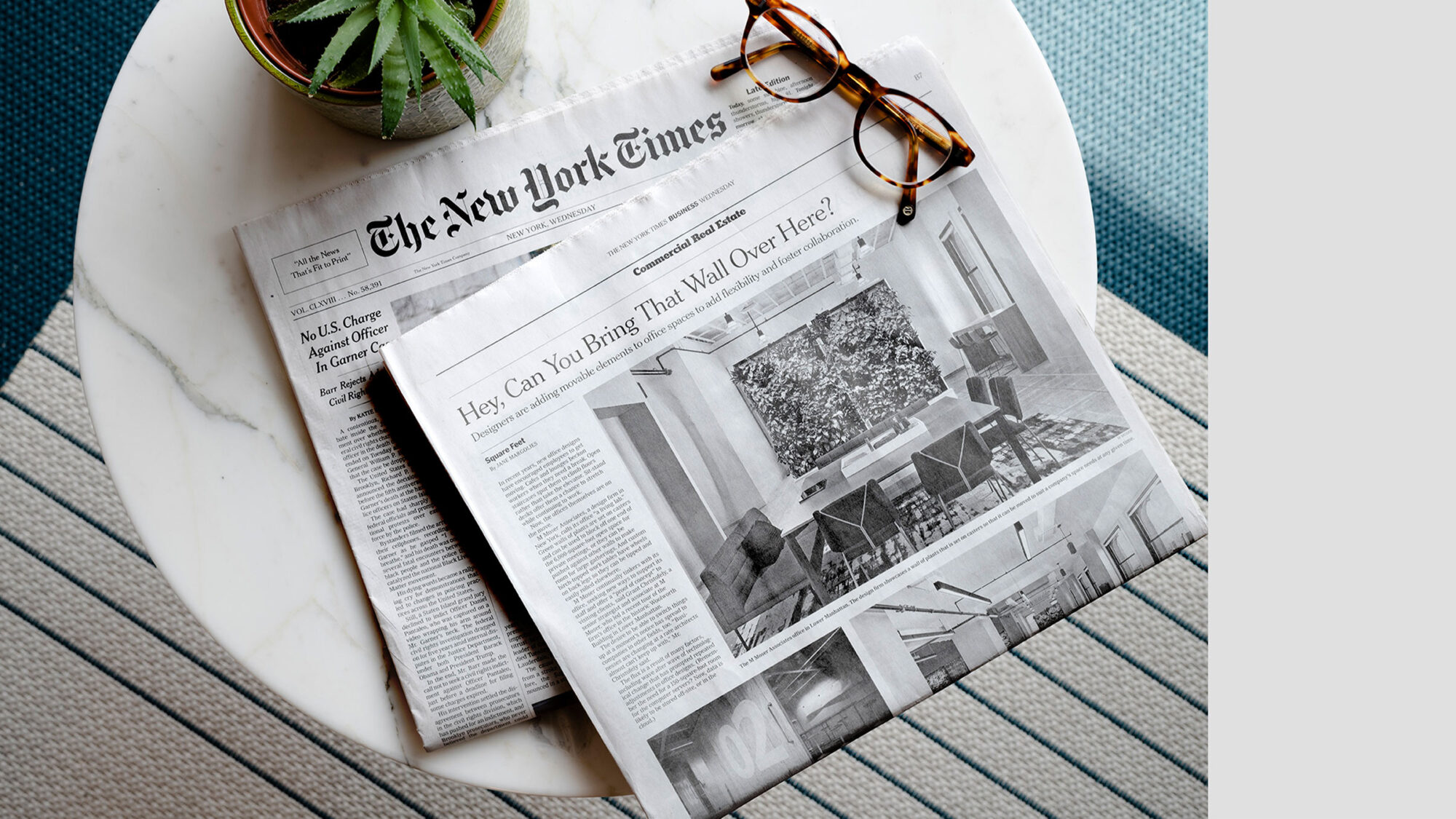
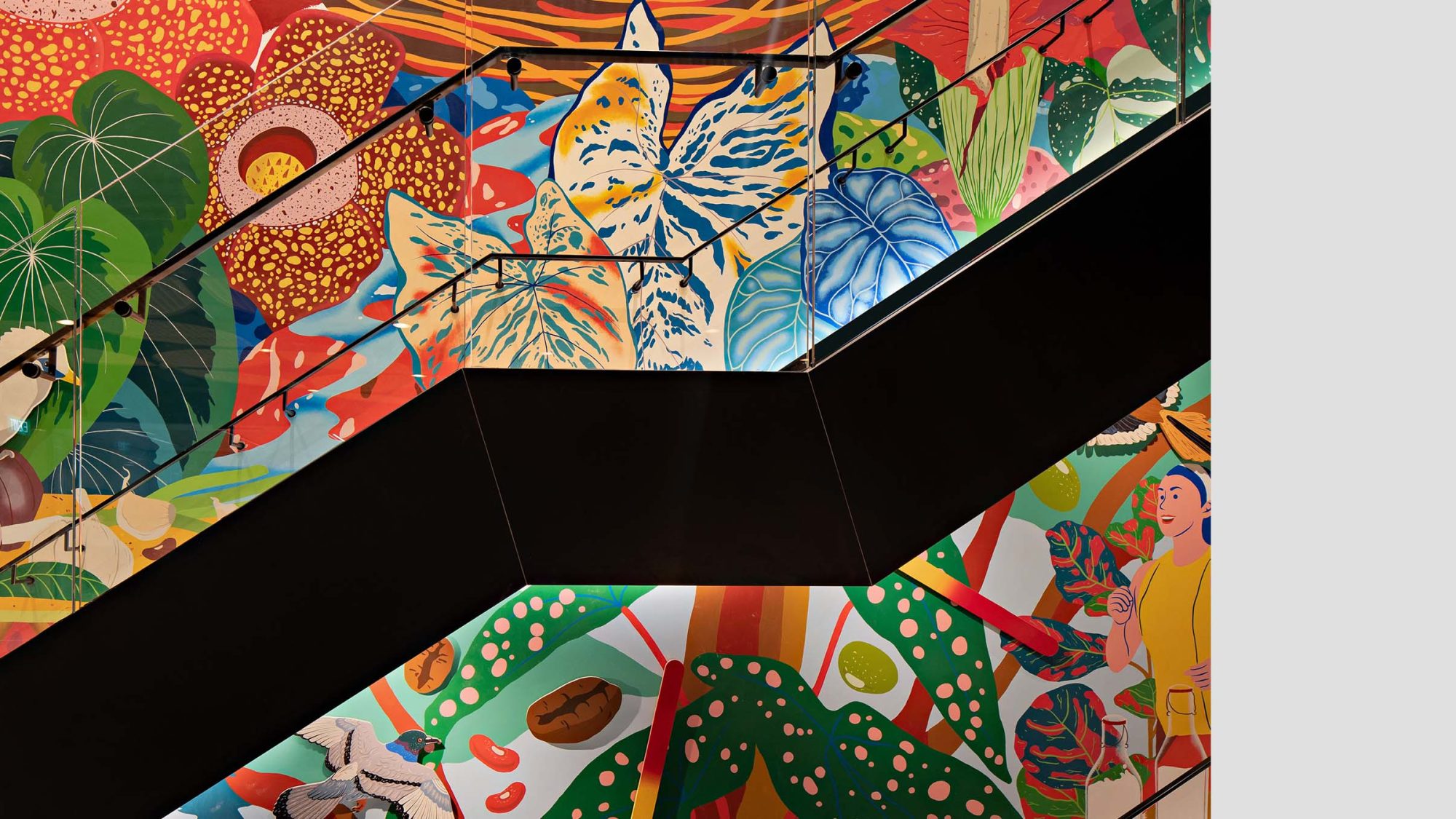
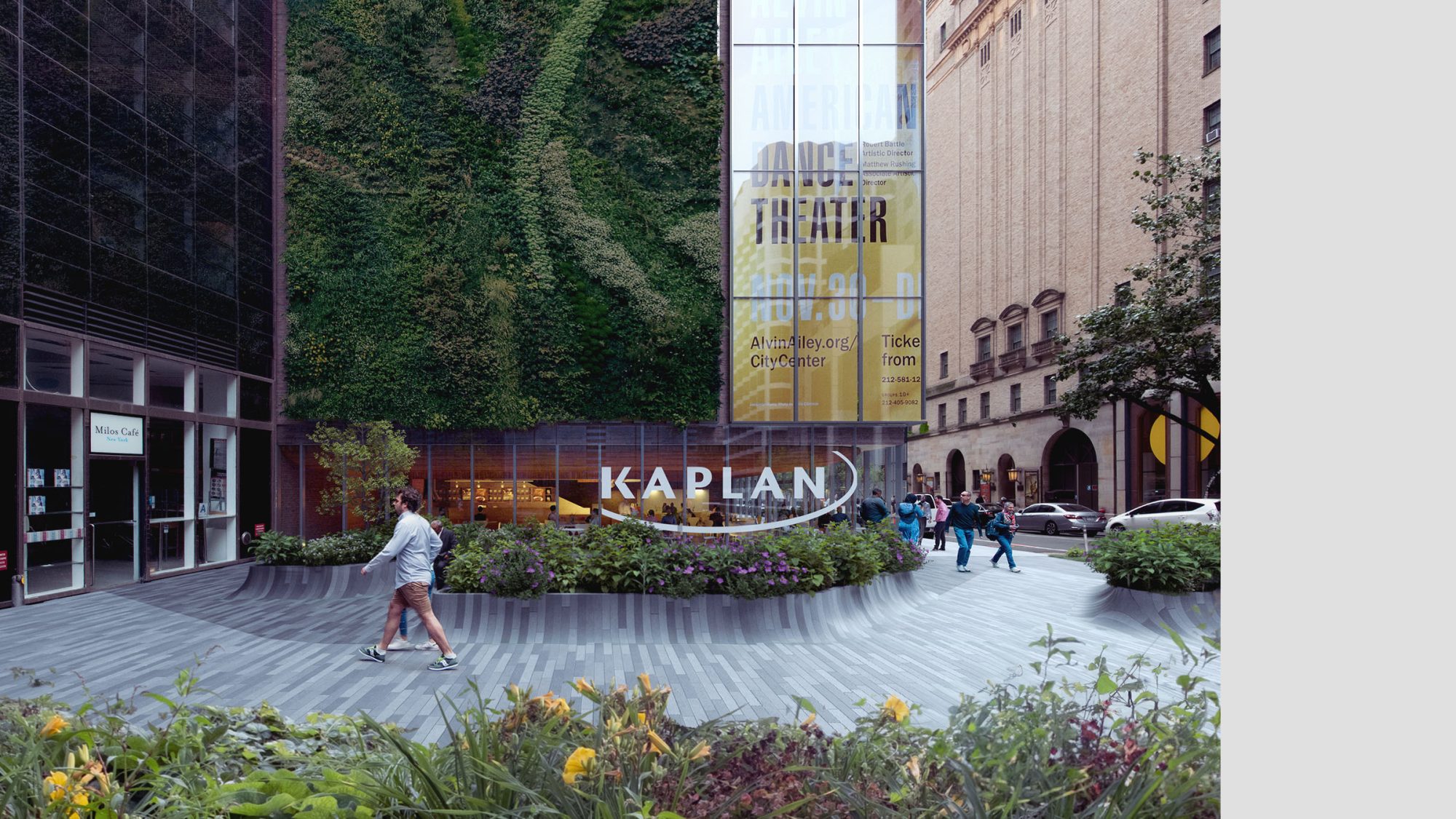
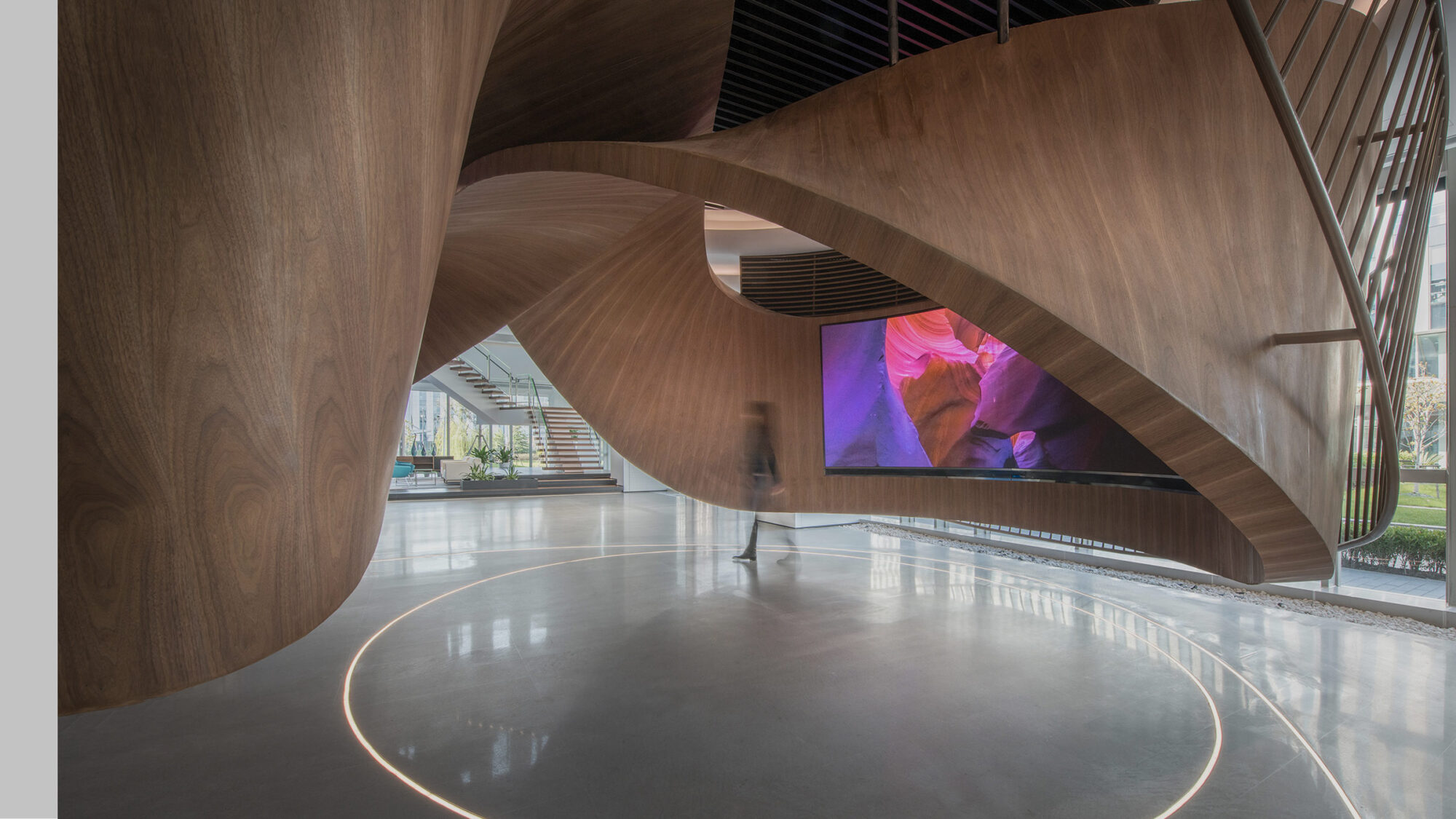
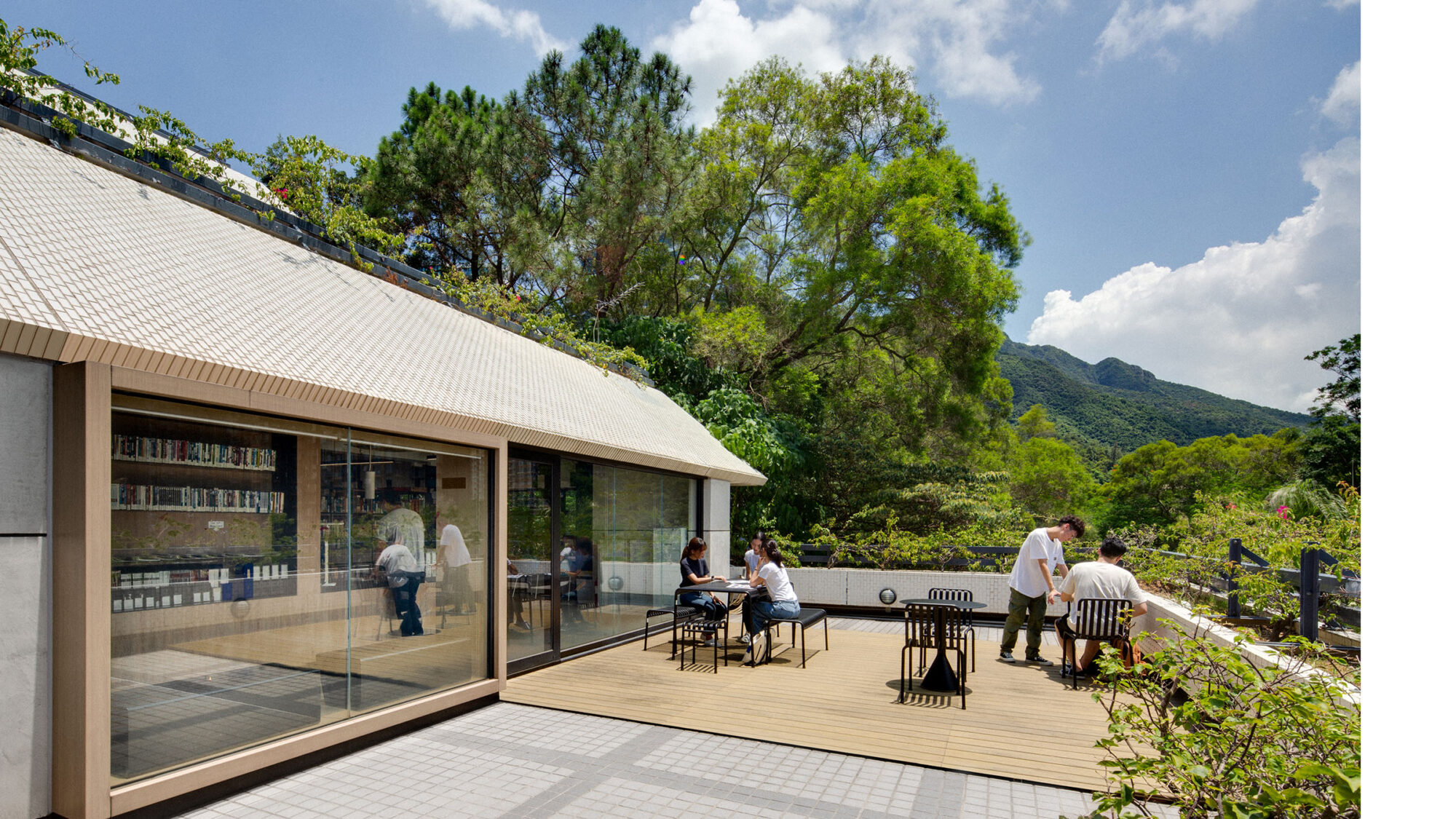
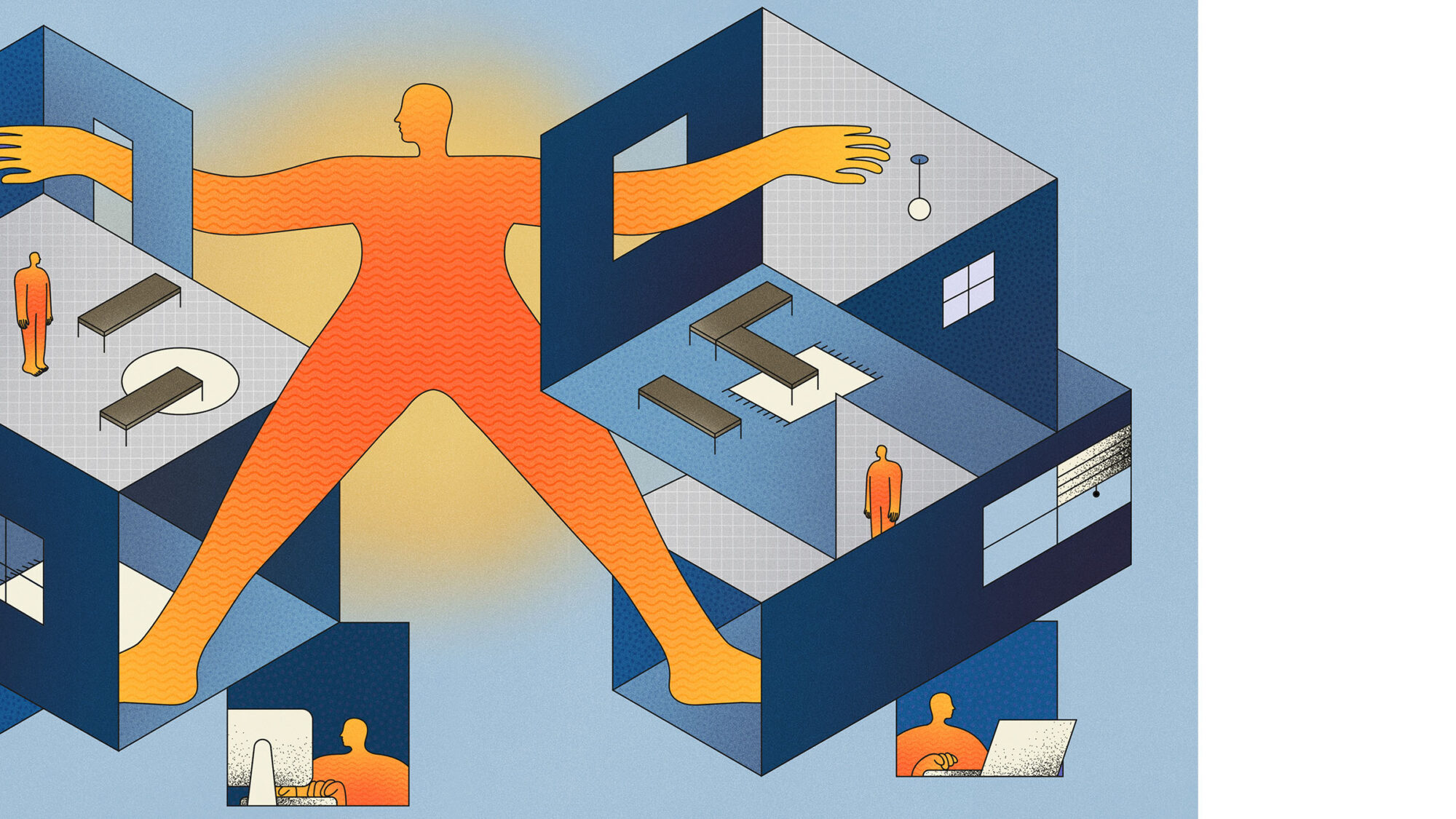
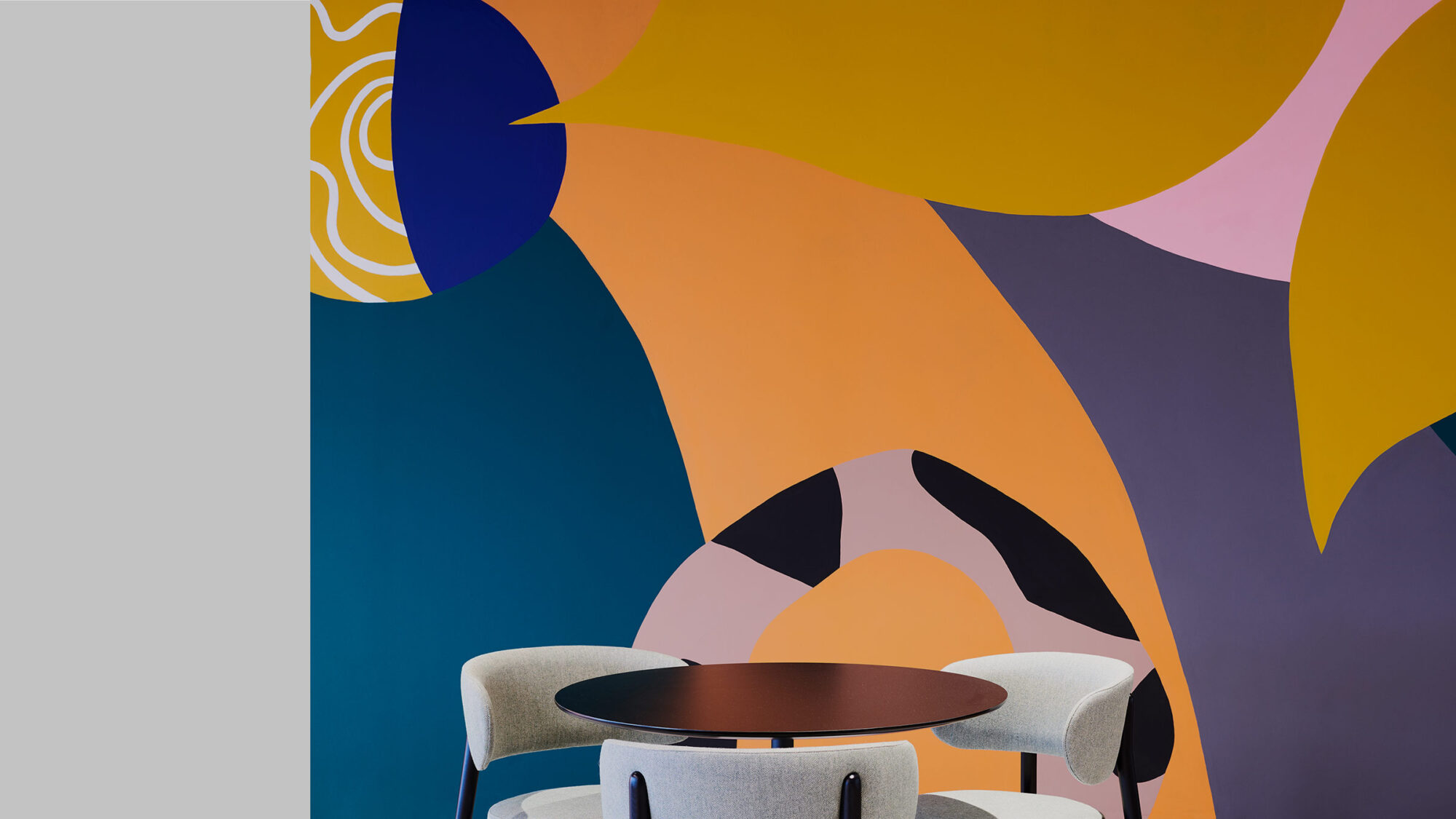
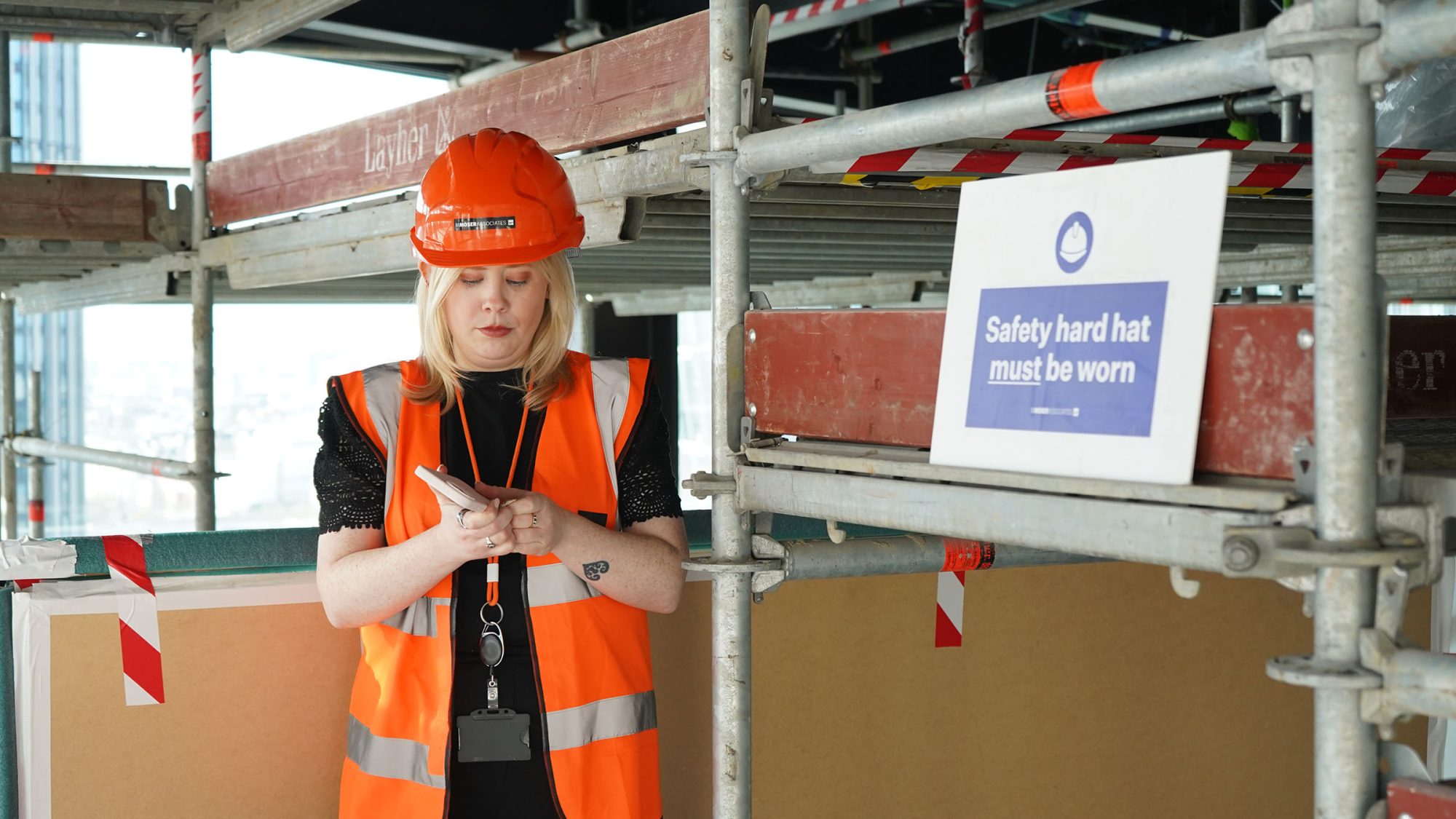
The construction industry has long been a male-dominated space. As of 2024, women in construction still make up only around 15% of the global construction workforce and an even smaller percentage in site-based roles. But that’s beginning to shift.
More women are entering the industry across a wider range of disciplines, from engineering and project management to sustainability and digital construction. Importantly, they’re not just joining the workforce, they’re helping to shape it.
With increasing representation in leadership roles, women are challenging the status quo and influencing how the industry evolves. Particularly in office construction, office fit out and the transformation of workplaces.
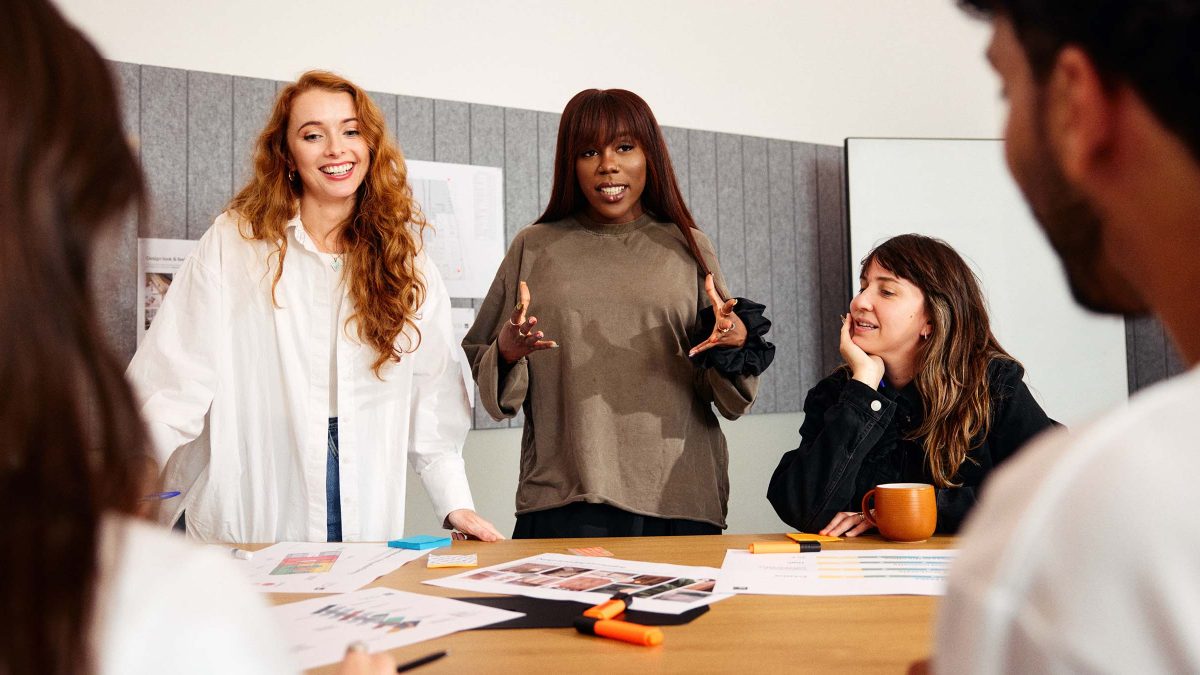
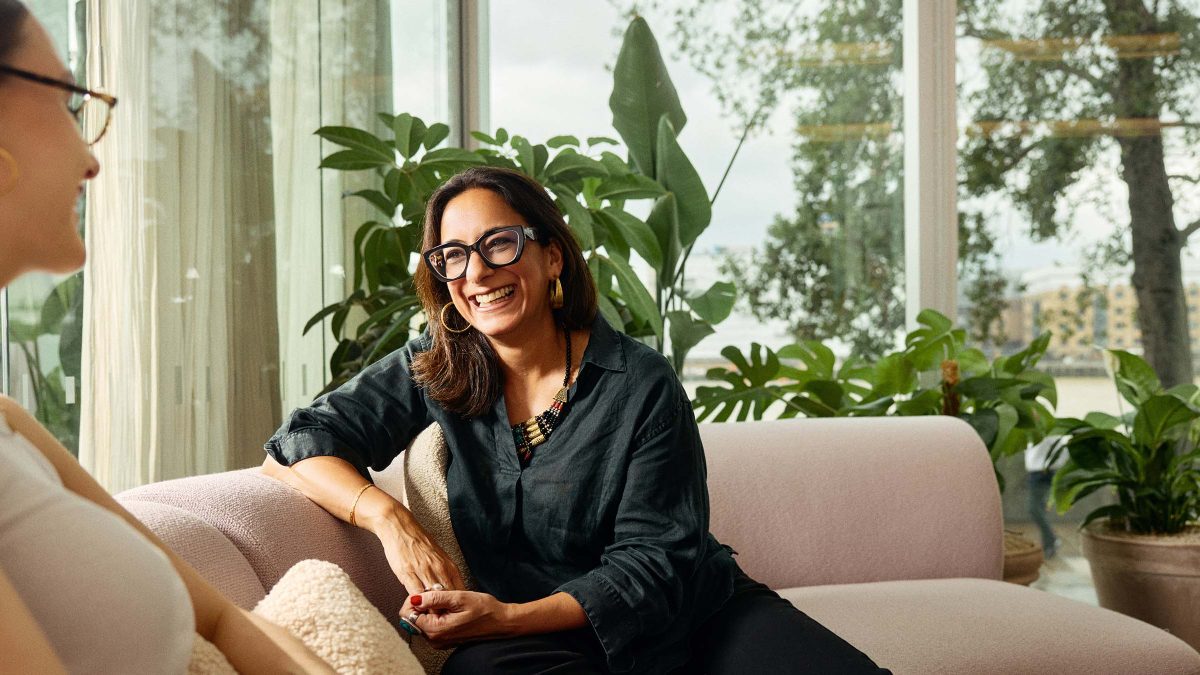
Research from McKinsey shows that companies with gender-diverse leadership teams are 25% more likely to outperform their peers financially. This is a compelling case for greater balance at the top.
Progress in areas such as collaborative leadership, sustainable design and inclusive workplaces is being driven by a more diverse mix of voices. Women are playing a vital role, working with others to create environments that reflect a broader range of needs, especially in office design and build projects.
While there’s still work to be done to address structural barriers and unconscious bias, the momentum is growing. The construction industry is being redefined by who it includes, how it operates and what it values.
We caught up with three women from our London and Amsterdam offices to explore their stories, challenges, successes and advice for the next generation.
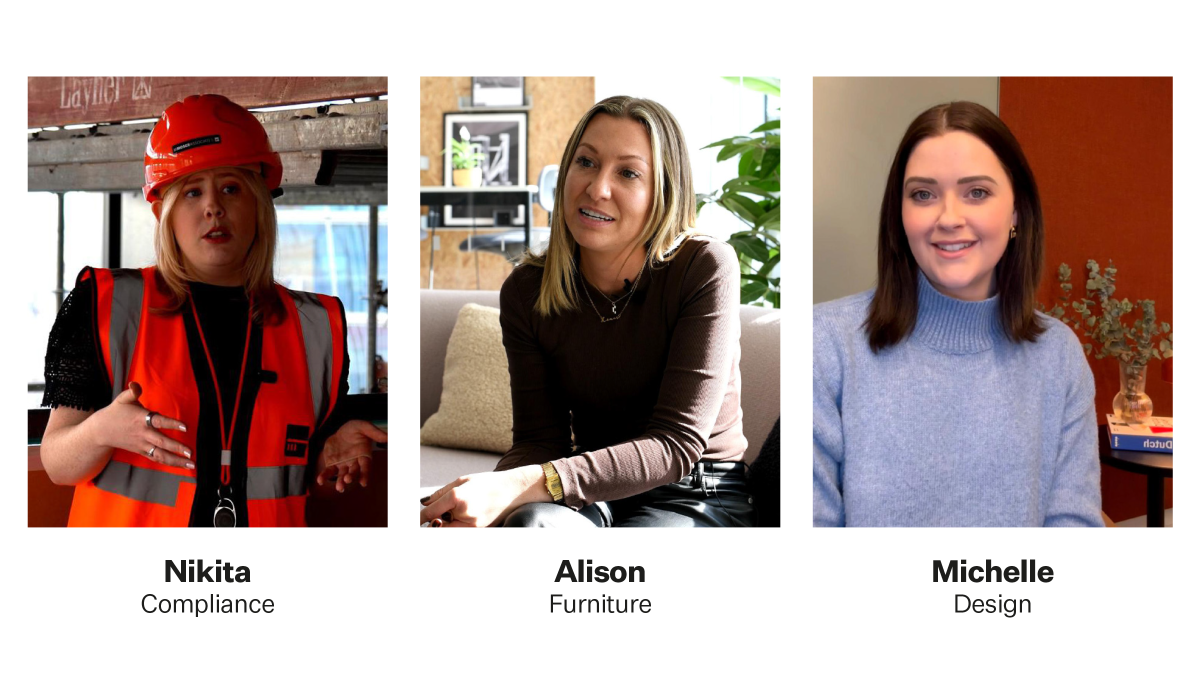
Nikita: “I never planned to work in office construction. It wasn’t really something that was talked about in school as a career option. I didn’t really know what I wanted to do when I was younger and I ended up getting into construction just by getting a job for a company in the design and build industry. It went from there.”
Alison: “I was an office manager many years ago. There was an internal vacancy for a furniture consultant and I knew that I wanted to do more. So, I just thought, let’s go for it. I’ve now been in the office design and build industry for nine years.”
Michelle: “My career began in Australia, where I studied interior design, industrial design and business entrepreneurship. I’ve worked in numerous sectors, but workplace design is where my passion lies. My love for travel and ambition for career growth led me to London and later, Amsterdam.”
Nikita: “I have been really lucky over the years to work with some amazing people who have helped me learn and grow. I didn’t come from an office design and build background, I came from manufacturing, so I didn’t really know what I was looking at when I first joined.”
Alison: “When I first started in the office fit out industry, I was part of a mentor programme. It meant I could sit with someone more senior, lean on them for advice and discuss my abilities and aspirations. It gave me the confidence to push forward. Also, collaborating with different teams including pre-construction managers, site managers and project managers. This allowed me to build a bigger picture of the industry and a full project lifecycle from start to finish.”
Michelle: “Throughout my career, I’ve always been inspired by women in construction. They have all taught me different things and shaped the way I am today.”
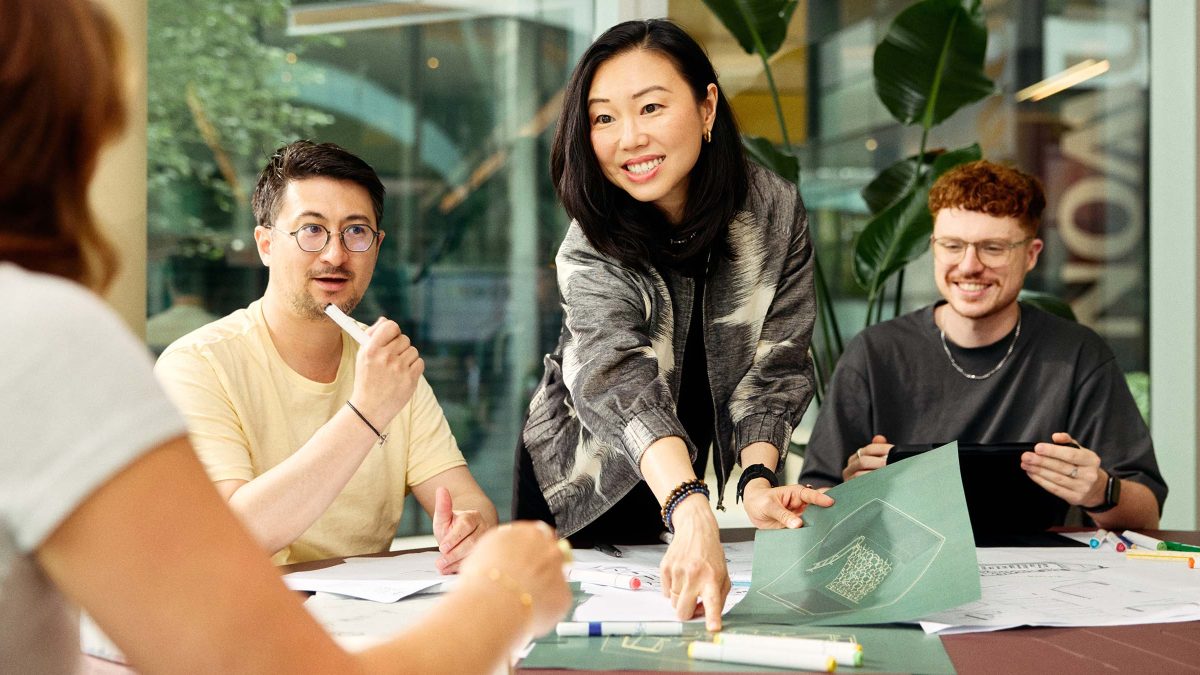
Nikita: “Considering that construction is still a male-dominated industry where women are underrepresented, it’s crucial to encourage more women to consider it as a career path. We need to promote the industry more widely to young girls and in schools. By doing so, we can bring more diverse talent into office construction and help women see that there is indeed a valuable place for them here. I focus on my skill set, my expertise and what I bring to the table. When someone on-site looks to me for information that I can uniquely provide, that gives me the confidence to prove myself through my work.”
Alison: “Women are very underrepresented in construction. This can make it difficult for others to enter the industry because it’s not widely discussed or encouraged in schools. As a result, we lack diversity in the workforce. Overcoming this challenge means pushing for greater awareness and encouraging more women to consider construction as a career.”
Michelle: “I have overcome gender bias and professional challenges by persevering and being confident in my abilities. This has come with time and experience but also by being exposed to women leaders who serve as role models.”
Nikita: “I love that my role is very different every day. I could be on-site doing mental health work, discussing systems of work for high-risk activities, dealing with contractual issues or getting involved in a whole manner of different areas. Every day I get to learn something new.”
Alison: “I enjoy the balance of being creative and the logistical side of things, which is more detail driven. Spending time on site regularly, having meetings with site teams, going through final details and then getting that job over the line is quite rewarding.”
Michelle: “One of the main things I really enjoy about my role is bringing in new clients and establishing good rapport. That leads to repeat work and expanding our portfolio of projects. Having the opportunity to build the local team in Amsterdam is very rewarding. I’ve enjoyed seeing growth and expanding the number of projects we can deliver in Europe.”
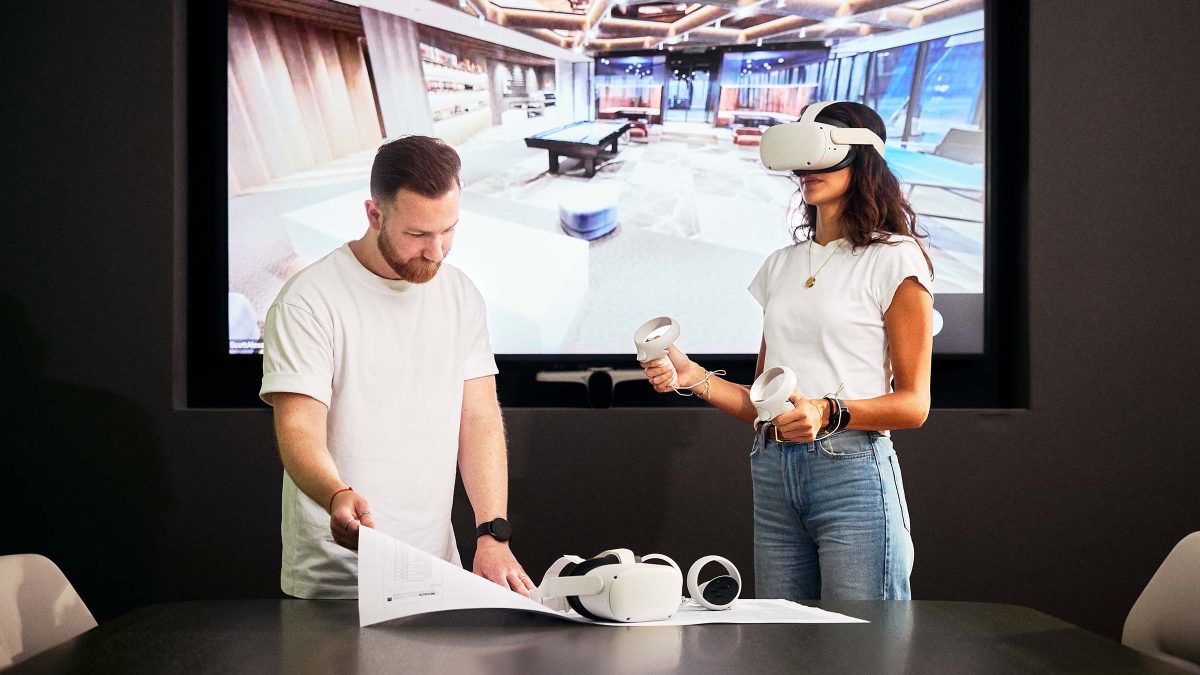
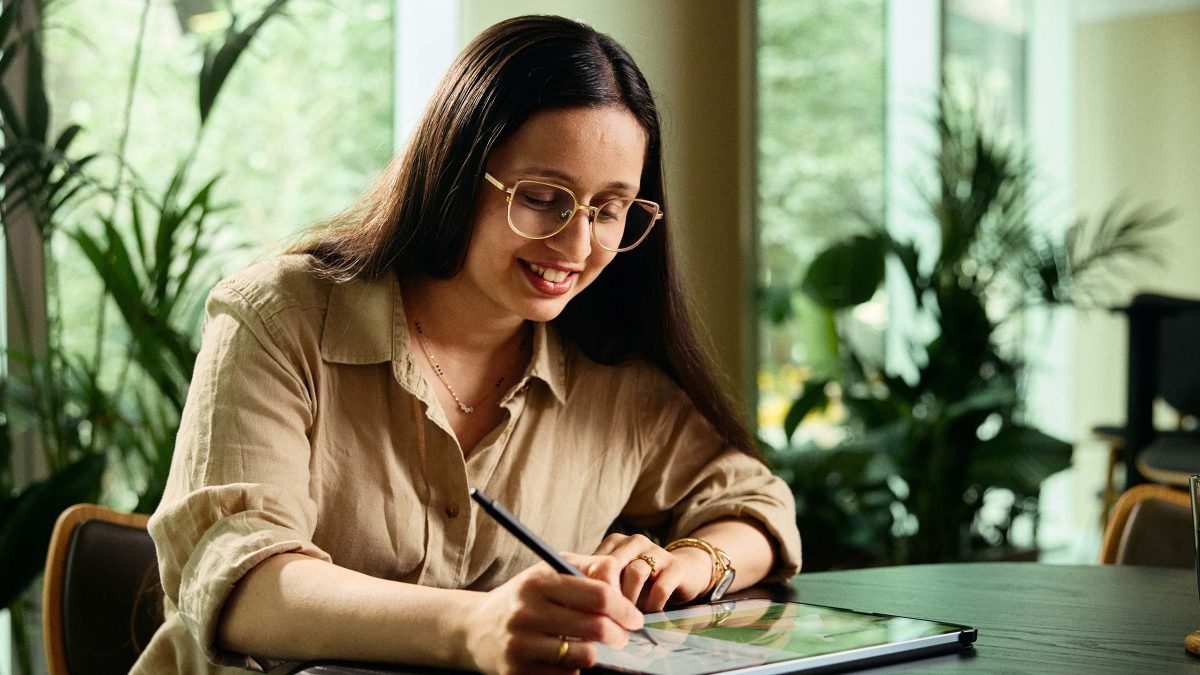
Nikita: “Believe in your skills and don’t be afraid to put yourself forward. The industry is evolving and there’s a place for you here.”
Alison: “Find a mentor, ask questions and stay curious. There’s always something new to learn and having support along the way makes a big difference.”
Michelle: “Remember what you bring to the table. Your expertise is valuable and as long as you focus on your strengths, you’ll build confidence and credibility.”
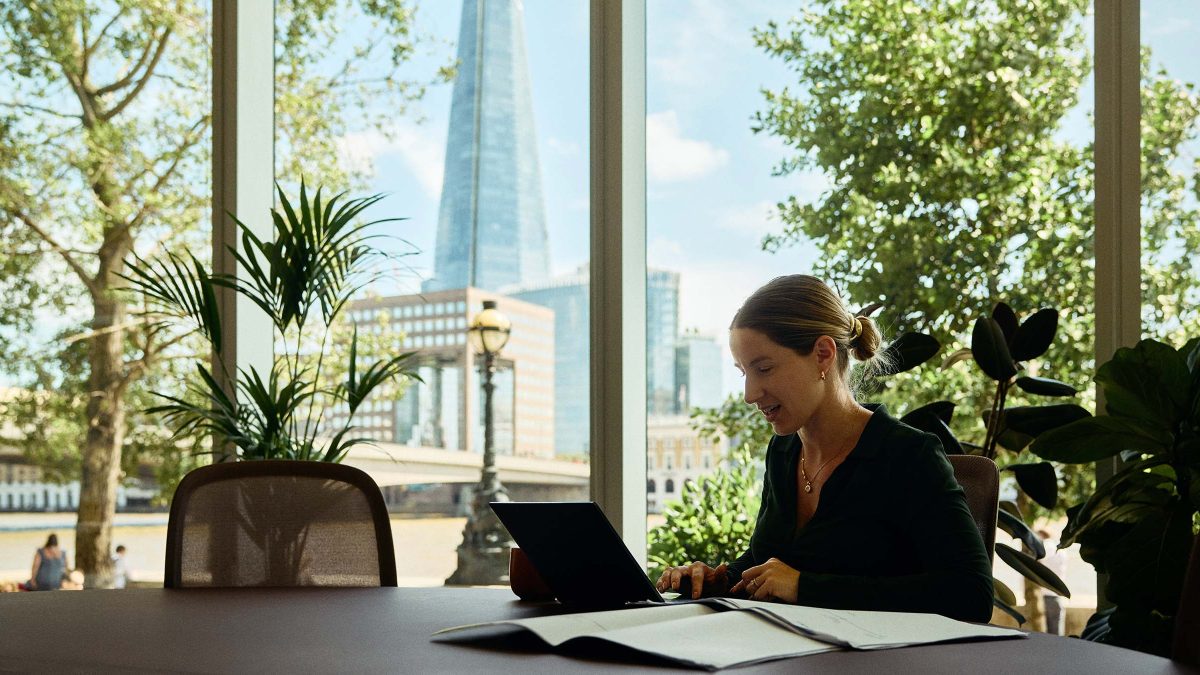
As more women step into influential roles across office construction and fit out in London, they’re helping to reshape an industry that’s long overdue for change. Working within office fit out companies and leading office building construction projects, women are playing a vital role in shaping the future of the built environment.
Progress may be gradual, but it’s gaining momentum and with every barrier broken, the path becomes clearer for future generations. By continuing to elevate underrepresented voices, the construction industry can build a stronger future for everyone.
Senior Associate Designer